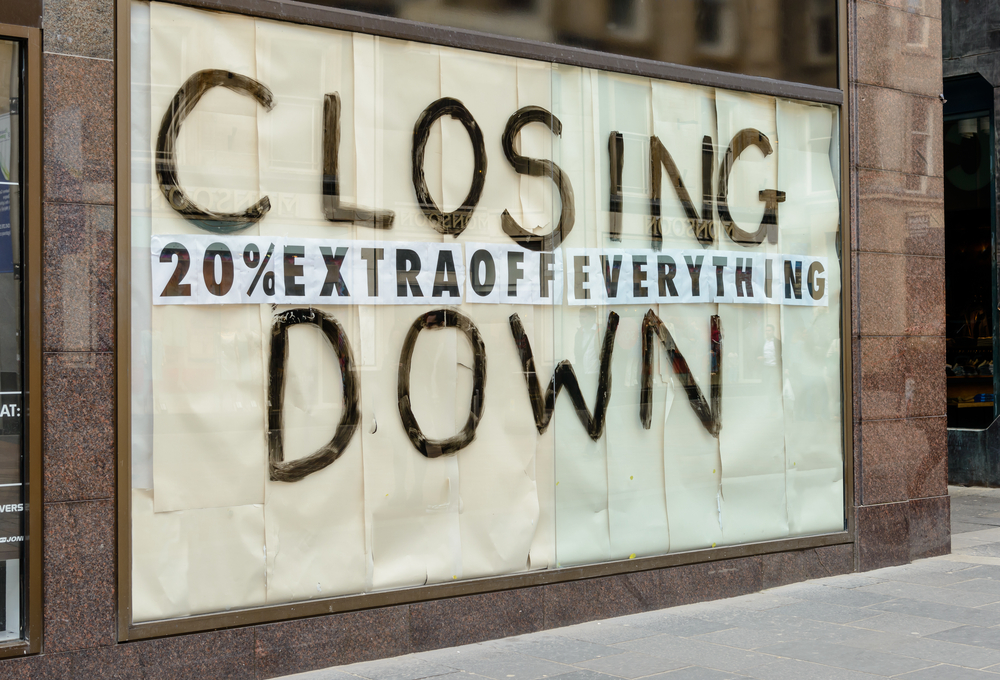Opinion | Wednesday, 3rd May 2017
Metro mayors and devolution – breathing new life into our neglected town centres
Can new Metro Mayors save our struggling town centres? asks Dr Steve Millington

By Dr Steve Millington, Senior Lecturer, Geography and Environmental Management
Health, policing and transport dominate the discussion about the future of the newly devolved Greater Manchester. But how will the newly elected mayor influence the town, district and neighbourhood centres that have been left behind as the city centre grew and prospered?
For now, we have the Greater Manchester Spatial Framework which outlines the long-term planning strategy for the region under a devolved authority. Unfortunately, the signs are not good. The fixation on building housing on greenbelt has already provoked a fierce backlash from local communities concerned about the loss of open space, natural environment and the lack of infrastructure to service these developments.
Soulless estates
The spatial framework reflects a tired approach to planning. It is mired in assumptions about society that once fuelled the postwar destruction of British communities by promoting the type of suburban sprawl, where residents have to get in their car just to buy a pint of milk, never mind get to work or take the kids to school. Is this what people really want? A life on soulless decentralised estates? Greater Manchester already has enough of these places, to the point the conurbation resembles much less a mini New York and much more a British version of Los Angeles.
According to The New Economy, despite the growth in walking, cycling and use of public transport, for those living and entering Greater Manchester for work, the car remains by far the most common means of transport. Outside central Manchester, the car is often the only choice you have. The spatial framework sits well then alongside what the influential urban studies journalist Jane Jacobs described as “city destroying ideas”. In contradiction, Jacobs advocated the qualities of living in dense neighbourhoods with vibrant street life and well used public realm.
Greater Manchester might learn from developments across the Atlantic and the so-called Great Inversion – where after decades of car-centric suburbanisation and urban sprawl people are returning to towns and cities. This reflects a preference for compact, denser and walkable communities. Even a defunct industrial city like Detroit is experiencing a regrowth through creative experiments in “place-making” (bringing life back into a place that suffered the full brunt of economic restructuring following the collapse of the post-war Keynesian consensus).
High street in decline
Many British towns, however, are going through an existential crisis. Out-of-town retail parks and internet shopping, along with the aftershocks of the 2008 crash, have created a perfect storm for town centre and high street decline. Importantly, centres are more than just places to go shopping. They are places to meet and socialise. They are the spatial expression of community identity and provide a sense of belonging. As shops disappear, the viability of other services, museums, libraries, public transport – along with pubs and places to eat – is brought into question. The decline of retailing, therefore, poses a fundamental question about the future of the places where we live, work and socialise.
Research we are leading at the Institute of Place Management at Manchester Metropolitan University, in partnership with Cardiff University, is studying how places are adapting using data provided by retail intelligence specialists Springboard. Using Big Data, we are analysing billions of pedestrian movements, going back ten years, across 100 UK centres, to bring insight to this problem at a national scale. Our approach is revealing groundbreaking discoveries.
Above all, activity in UK town and city centres does not match the retail hierarchy model used in spatial planning since the 1930s which puts places in rigid categories. Using this approach, many towns made poor development decisions, becoming dependent on national retail chains to fill up space on their high streets. Of course many of these familiar brands have disappeared and those that remain are concentrating their store portfolios in the top 100 centres. It is no surprise then to find large numbers of vacant shops in most town centres and local planners and property owners scratching their heads about what to do next. In some cases, towns have produced costly marketing strategies to compete with places they are not actually in competition with. Or they have invested in costly regeneration schemes to create developments few people want to use. Put bluntly, they have been using historical and inaccurate assumptions about how people use town centres in a vain attempt to maintain their position in a defunct Retail Hierarchy.
Places are not mono-functional. They are are complex and multiple. By analysing actual usage and activity we are beginning to make sense of this complexity. The reality is that the majority of UK centres simply serve their local communities but have been managed poorly and have been slow to adapt. To help places make the right decisions we have identified 25 interventions most likely to restore vibrancy and vitality to town centres. This allows us to identify new policy recommendations, of interest to any politician, public servant or concerned citizen wanting to combat the decline of the High Street and town centres.
In Greater Manchester, the city centre is faring well but the smaller town centres are losing trade and footfall. This is leaving behind a ghostly trail of abandoned shops and windswept empty precincts. However, some neighbourhoods thrive with local scenes, independent shops, bars and events. It is no wonder house prices are rising in places like Chorlton – the town offers something Jacobs would approve of.
Elsewhere, local centres provide a very poor environment for people. They need to adapt by creating convenient and pleasurable experiences for residents. We need to take a “whole place” perspective on decision making and action, which is exactly what devolution should enable. It should bring people together to discuss the best locations for health centres, bus stops, shops and housing to strengthen the overall attractiveness of local town centres. With devolution comes the opportunity to use new powers to strengthen our town centres and local communities – to make them sustainable and vibrant again.
Eight candidates are bidding to be mayor of Greater Manchester: Andy Burnham, Labour; Sean Anstee, Conservative; Mohammad Aslam, Independent; Jane Brophy, Liberal Democrats; Marcus Farmer, Independent; Stephen Morris, English Democrats; Shneur Odze, UKIP; and Will Patterson, Green Party
Originally published on The Conversation. Manchester Metropolitan University is an official partner of The Conversation.




